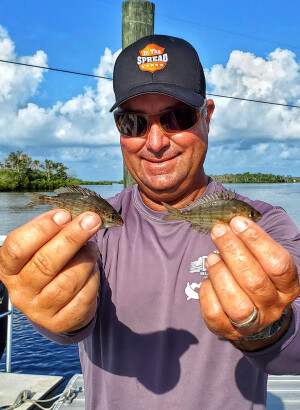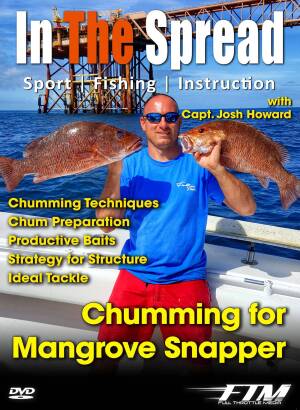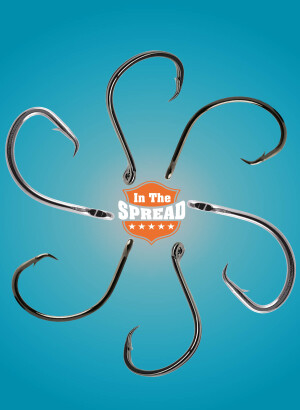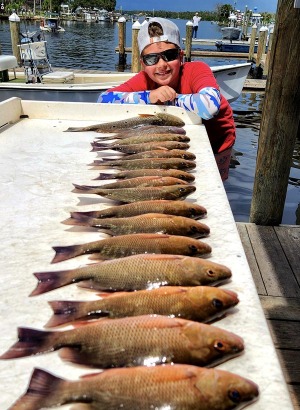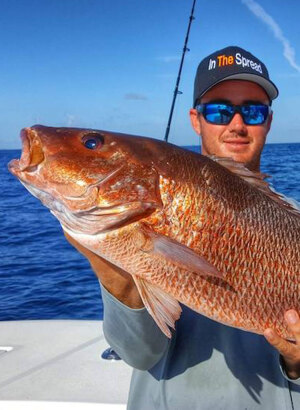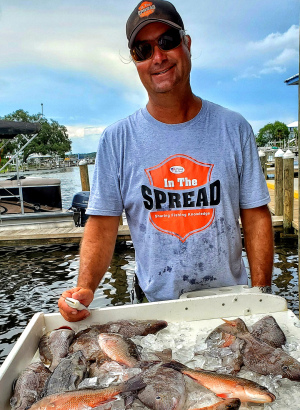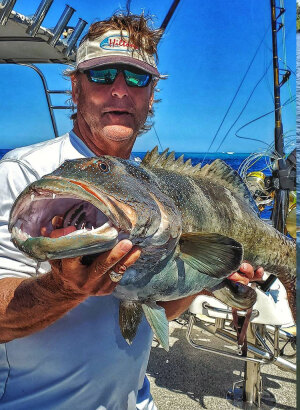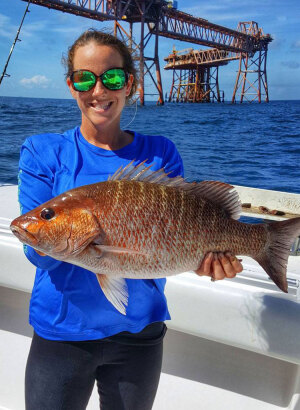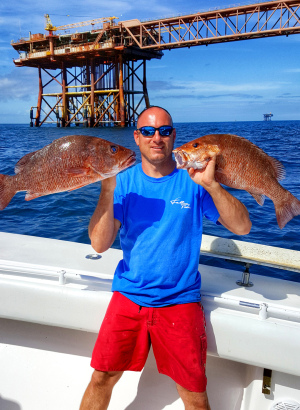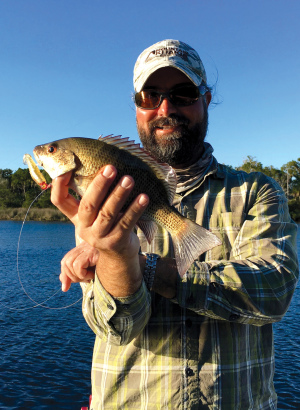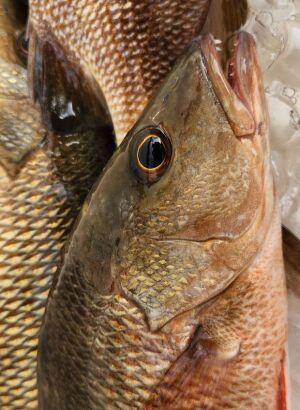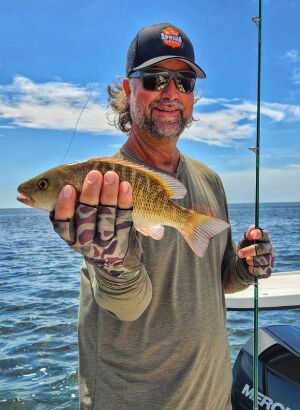The Mangrove Snapper, also known as the Gray Snapper, is a popular target for fishermen along the Gulf of Mexico and the Atlantic Coast. They are typically found in mangroves and hard-bottom structures, but can be found in inlets and around docks. The best time to fish for Mangrove Snappers is during the high summer months, with warmer weather and increased spawning.
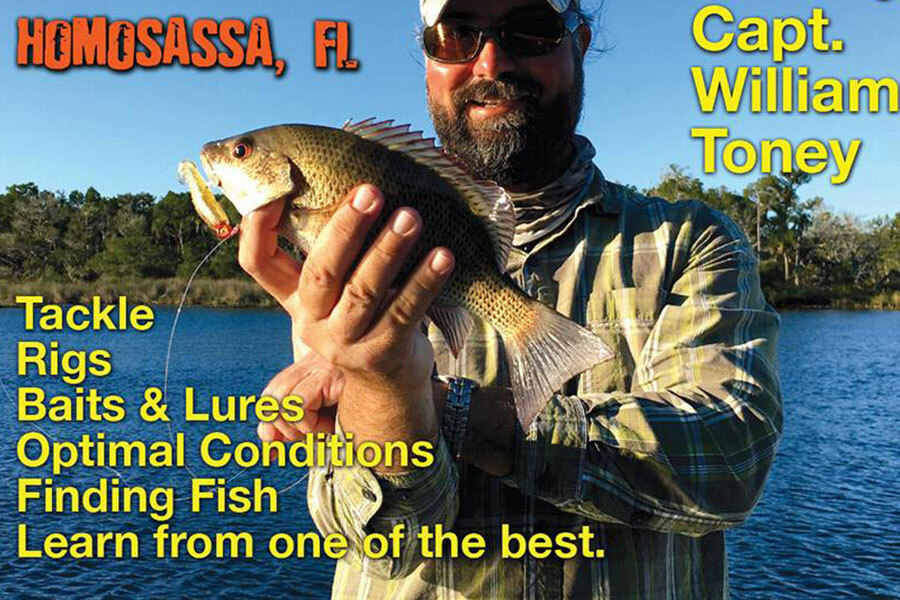
Mangrove Snapper - Smarter Fishing with More Knowledge
The Mangrove Snapper, also known as the Gray Snapper, exhibits intriguing and effective predatory behavior that makes it a fascinating species in its natural habitat. These fish are opportunistic predators, employing a blend of stealth and speed to capture their prey. They primarily feed on a diet of smaller fishes, crustaceans like shrimp and crabs, and occasionally mollusks.
In their natural Florida environment, Mangrove Snappers often utilize the complex root systems of mangroves and patch reefs as their hunting grounds. These types of structure provide perfect ambush spots. The fish will stealthily hide, waiting patiently for an unsuspecting prey to come within striking distance. Their body coloration, a blend of grays and browns with occasional darker markings, aids in camouflaging them against the mangrove roots and the sea floor.
When prey approaches, the Mangrove Snapper demonstrates remarkable bursts of speed. It darts out from its hiding spot to seize the prey in its strong jaws. This quick strike is often so sudden and swift that the prey has little chance of escaping. Their sharp teeth are well-adapted for grasping and holding onto slippery prey like fish and crustaceans.
These snappers are also known to venture out from their mangrove hideouts, especially during the night, to actively forage. They are more aggressive feeders during this time, hunting in open waters and sometimes in groups. This nocturnal activity often takes them to reefs and other areas where small fish are abundant.
Overall, the predatory behavior of the Mangrove Snapper is characterized by a combination of patience, stealth, and rapid attack. This makes them successful predators in their coastal and estuarine environments. Their adaptability in both ambush and active hunting strategies is a testament to their role as a key predator in these ecosystems.
Where To Find The Mangrove Snapper
These fish may be fairly common in Florida and throughout the Gulf, but you still need to find the best habitat. The Mangrove Snapper gets its name from the fact that you will mostly find them in the mangroves and situated on hard bottom structure. However, many fishermen do find success in inlets and around docks or bridges. Remember that if you go further inshore, you're most likely to catch smaller juvenile fish. So, it is better to head out to the mangroves or areas of good structure for the best results.
One of the main reasons mangrove snapper and other snapper species prefer to be around structure, rather than out in open water, is for protection. They will hang out fairly close to the surface if they are close to the mangrove trees, or perhaps a boat wreck or jetty to hide under.
When To Go Fishing For Mangrove Snapper
Your best bet for fishing for Mangrove Snappers is to go in the high of summer (July and August). Not only is this more pleasant for a fishing trip, but the odds of landing a good catch are increased. The warmer weather will help encourage them to the surface, making them easier to lure in. This is partly why we see more of them inshore around the coast over the summer.
What Bait Works Best With Mangrove Snapper?
Lots of Mangrove Snapper fishermen will have their own preferences here based on personal experience. Live bait is generally more effective. While there are lots of fishermen leaning toward shrimp and crustaceans over fish, many have success with live pilchards.
This doesn't mean that lures won't work if that's all you have. Some people have used a good natural-scented shrimp imitation and fooled snappers. Try out some different options and see what works best.
What Size Hook To Use For Mangrove Snapper?
The hook is just as important as the bait because you want to be sure of landing that catch. Many novices will come to the mangroves ill-prepared and watch the snappers steal their live shrimp with ease. That is why you need a nice small hook like a #2 J hook or a 1/0 circle hook on the bait. The added benefit of the circle is that it should stop them from swallowing the hook, and you can easily throw them back if they're on the small side.
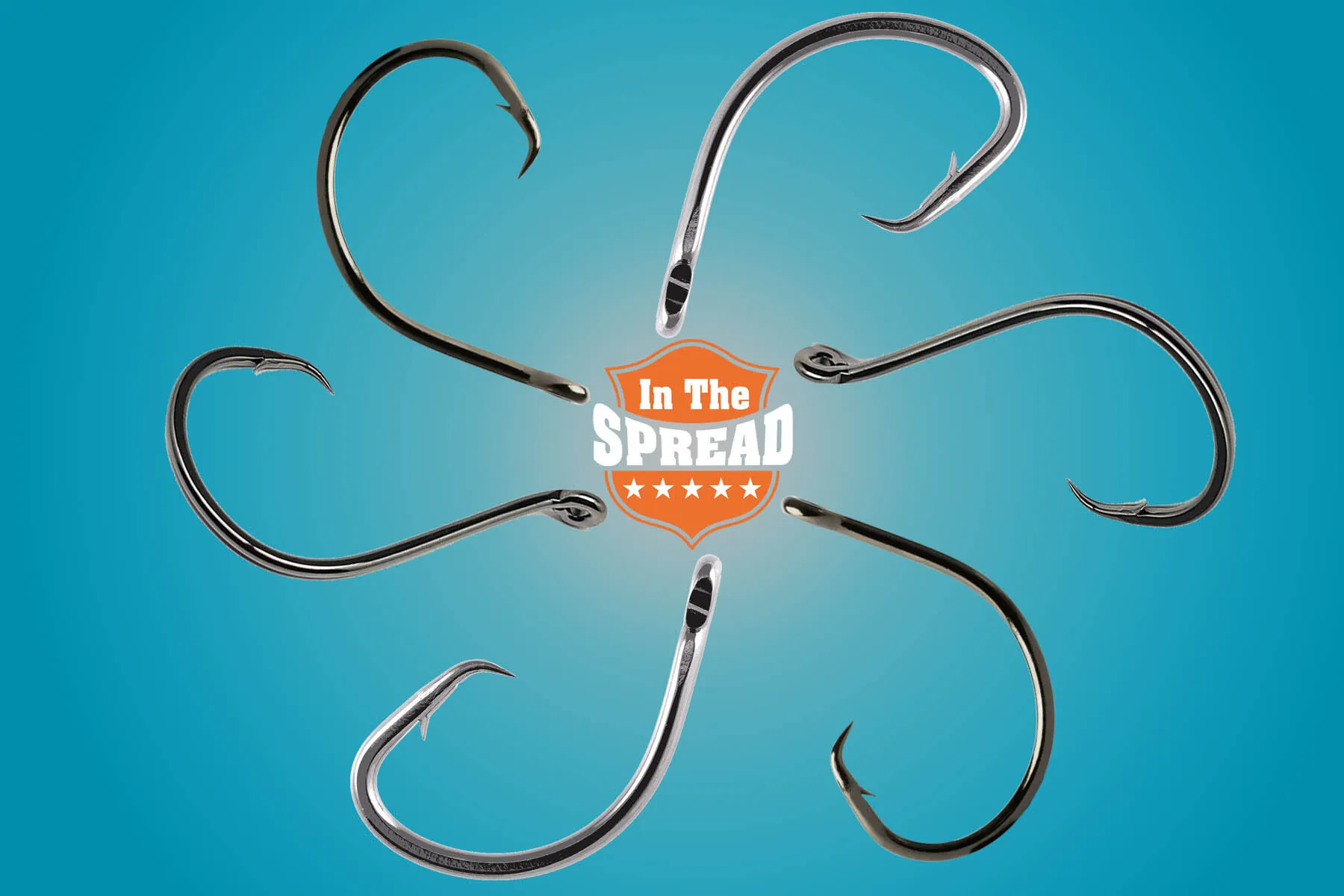
Other Top Mangrove Snapper Fishing Tips And Techniques
- Be careful with your leader: You want this to be as light as possible so that it isn't as visible and likely to give you away. These fish have pretty good eyesight and while this is great for them spotting the live bait, is not so good for trying to stay inconspicuous. If they realize something is up, they'll move away.
- Look out for Sheepshead: These may not be what you came to catch, but they will help you find the snapper. These two species like to hang out together around bridges and other structures. So, if you spot the Sheepshead, it is worth sticking around and trying for the snapper.
- Don't forget that snappers are strong: This can catch some newcomers off-guard. Once the fish has the bait, it will fight for its life and put up a good struggle. Be ready to reel it in!
A Parting Shot
The best way to be successful when fishing for Mangrove Snappers is to have plenty of potential waypoints in mind, be aware of lots of different bait options, and have the skills to handle both the fish and bait. You can learn about all this and more by leveling up your knowledge base.

